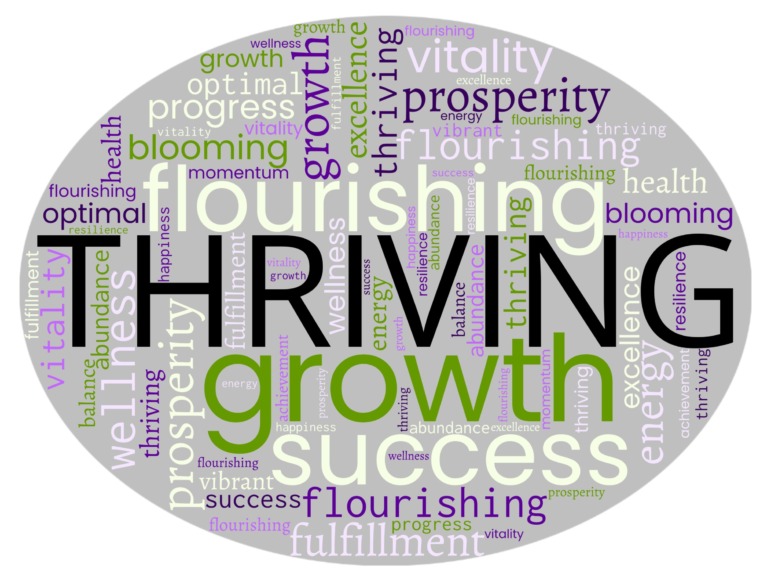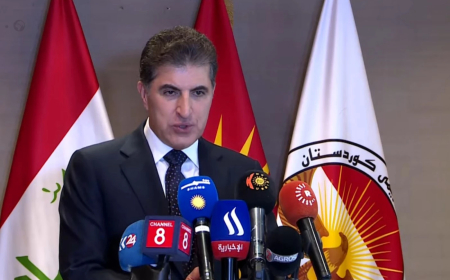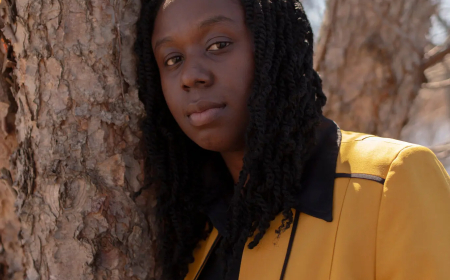When youth thrive, we all thrive

Youth Today’s tagline – “Nonprofit, independent, news for people who care about – and work with – children and youth” – has long signaled a commitment to cover stories about youth in the systems charged with supporting them. This is still our focus, but challenging times require a bolder commitment from all of us. We must look beyond work within systems to work across systems. We must look beyond care and support for youth to ensuring all young people thrive.
After years of synthesizing and summarizing research related to thriving, I turned to AI for a picture of how, in general, people talk about thriving. I got useful summaries of how thriving is used to describe youth, communities, systems and ecosystems.
Microsoft CoPilot AI provided me with the following definition:
“The term ‘thriving’ is often used to describe a state of flourishing, growth, and success across various contexts. Here’s how it applies to youth, communities, systems, and ecosystems:
- Youth: When we say that youth are thriving, we mean they are growing up in environments that support their physical, emotional and intellectual development. Thriving youth have access to quality education, healthcare and opportunities for personal growth. They feel safe, supported and empowered to pursue their goals and dreams.
- Communities: A thriving community is one where residents enjoy a high quality of life. This includes access to essential services, economic opportunities, social cohesion and a safe environment. Thriving communities are characterized by strong social networks, active civic engagement and a sense of belonging among their members.
- Systems: In the context of systems, thriving refers to the efficient and effective functioning of interconnected components. For example, a thriving healthcare system provides comprehensive, accessible and high-quality care to all individuals. It adapts to changing needs and continuously improves to meet the demands of the population it serves.
- Ecosystems: Thriving ecosystems are balanced and resilient, supporting a diverse range of species and natural processes. These ecosystems maintain their health and productivity over time, providing essential services…Thriving ecosystems are better able to withstand environmental stresses and recover from disturbances.
In all these contexts, thriving implies a state of well-being, sustainability and positive growth.”
But this simple word cloud is hands down my new favorite way to describe the dynamic, nonlinear, purpose-driven complexity of this concept.
Youth Today’s tagline – “Nonprofit, independent, news for people who care about – and work with – children and youth” – has long signaled a commitment to cover stories about youth in the systems charged with supporting them. This is still our focus, but challenging times require a bolder commitment from all of us. We must look beyond work within systems to work across systems. We must look beyond care and support for youth to ensuring all young people thrive.
After years of synthesizing and summarizing research related to thriving, I turned to AI for a picture of how, in general, people talk about thriving. I got useful summaries of how thriving is used to describe youth, communities, systems and ecosystems.
Microsoft CoPilot AI provided me with the following definition:
“The term ‘thriving’ is often used to describe a state of flourishing, growth, and success across various contexts. Here’s how it applies to youth, communities, systems, and ecosystems:
- Youth: When we say that youth are thriving, we mean they are growing up in environments that support their physical, emotional and intellectual development. Thriving youth have access to quality education, healthcare and opportunities for personal growth. They feel safe, supported and empowered to pursue their goals and dreams.
- Communities: A thriving community is one where residents enjoy a high quality of life. This includes access to essential services, economic opportunities, social cohesion and a safe environment. Thriving communities are characterized by strong social networks, active civic engagement and a sense of belonging among their members.
- Systems: In the context of systems, thriving refers to the efficient and effective functioning of interconnected components. For example, a thriving healthcare system provides comprehensive, accessible and high-quality care to all individuals. It adapts to changing needs and continuously improves to meet the demands of the population it serves.
- Ecosystems: Thriving ecosystems are balanced and resilient, supporting a diverse range of species and natural processes. These ecosystems maintain their health and productivity over time, providing essential services…Thriving ecosystems are better able to withstand environmental stresses and recover from disturbances.
In all these contexts, thriving implies a state of well-being, sustainability and positive growth.”
But this simple word cloud is hands down my new favorite way to describe the dynamic, nonlinear, purpose-driven complexity of this concept.

Our policies, programs and systems are designed to support specific dimensions of youth well-being that ensure safety, health, education and connection. But our goals as families, communities, and as a country are best achieved when youth not only survive but thrive.
Thriving communities need thriving youth. Thriving youth need thriving ecosystems. Thriving ecosystems need thriving systems. Thriving systems need thriving communities.
Our new tagline – “independent news, opinions, and updates from and for people who believe when youth thrive, we all thrive” – reflects a bold commitment we hope to live up to:
- To report news about all aspects of youth well-being across the systems and communities where they live, learn, work and contribute.
- To provide analysis and opinions to connect the dots between specific stories and broader trends and perspectives.
- To offer updates across the allied youth fields on the work national and local leaders are doing to optimize connections and resources for and with youth in their communities.
- To bridge the gaps between research, policy and practice through active translation and quick bottom-line summaries.
- To provide platforms for sharing ideas, tools, resources and opportunities.
Our new tagline also reflects another shift. Knowledge to Power Catalysts is a consulting firm. We are not a nonprofit. While we are not publishing Youth Today to make a profit, it will need to be a self-sustaining publication.
We believe Youth Today will survive only if it is not just for the field, but from the field. We need the individuals and organizations who benefit from Youth Today’s content to help shape it into a field source that is worth their direct support. In the coming months, we will explore business models and partnerships that allow us to maintain the commitment to unlimited basic access for all readers by providing multiple avenues for demonstrating support.
(Source:youth day)





































